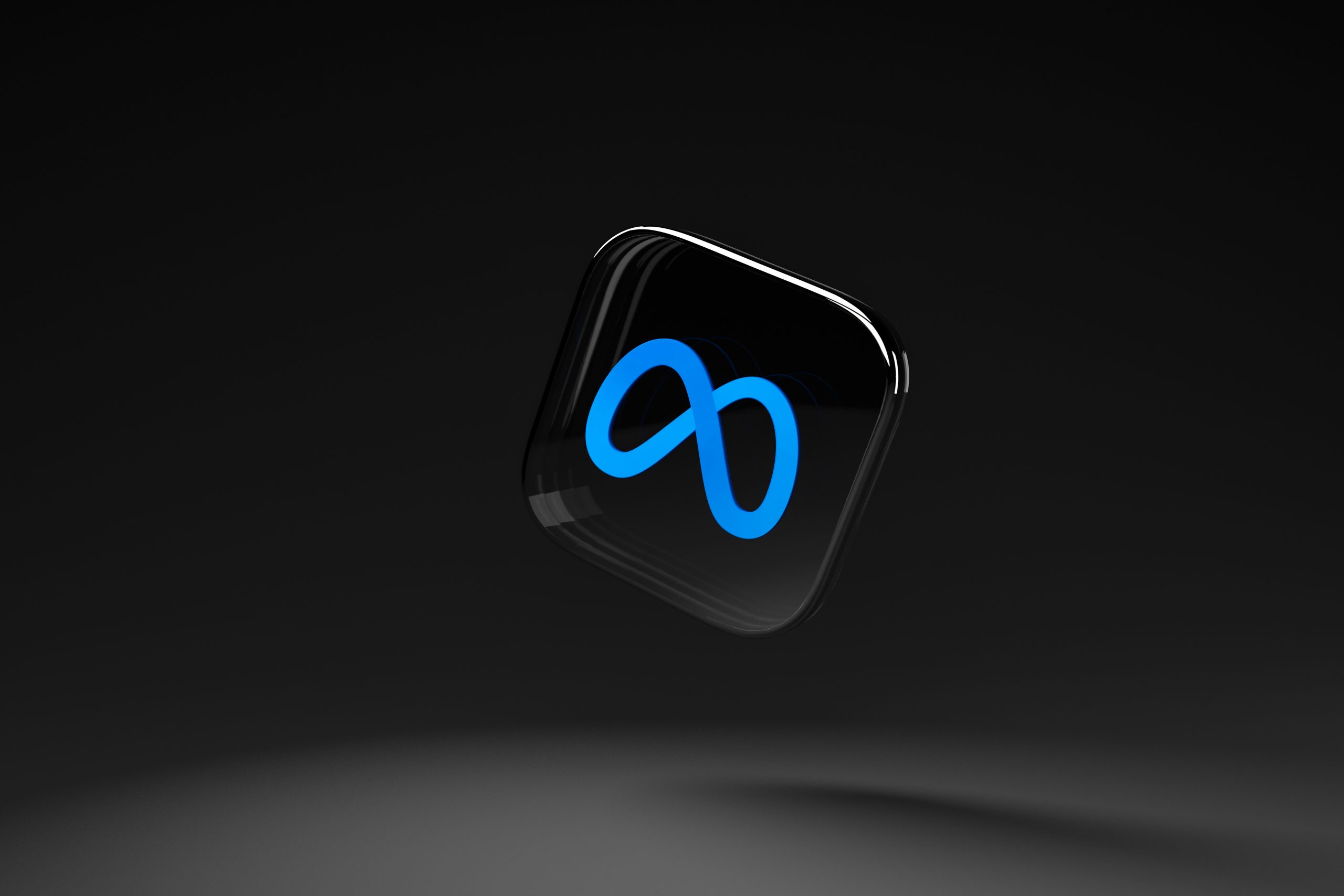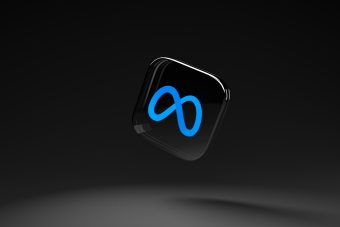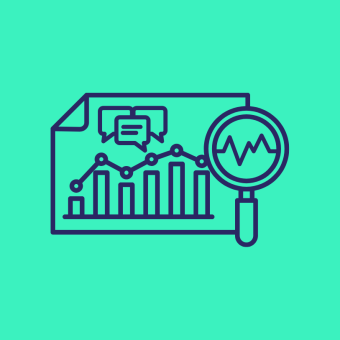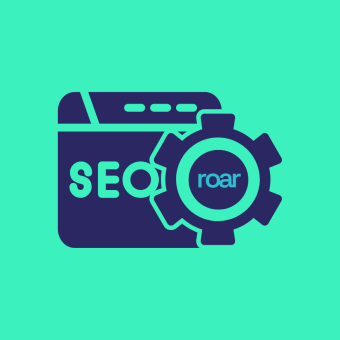Meta is shifting towards AI-driven ad targeting, removing manual audience controls and expanding Advantage+ automation. While this improves efficiency and reach, it reduces advertiser control.
Introduction: The evolution of Meta advertising
Meta’s advertising platform has long been a cornerstone of digital marketing, offering brands extensive audience targeting capabilities across Facebook, Instagram, Messenger, and the Audience Network. With a robust set of ad formats and the increasingly automated Advantage+ suite—Meta has empowered advertisers to reach highly specific audiences based on demographics, behaviours, and interests.
However, the landscape is evolving rapidly. Meta is shifting away from manual audience selection and embracing AI-powered automation to improve ad delivery and performance. These changes represent a fundamental shift in how advertisers engage with the platform. To stay competitive, marketers must understand the implications of these updates and adjust their strategies accordingly.
2. Meta’s removal of audience types from advantage+ catalog Ads
Meta has officially removed the “Audience Types” selection from Advantage+ catalog ads that use the sales objective. This decision marks a clear shift toward AI-driven audience targeting, where Meta’s algorithms autonomously determine the best audience for each campaign.
Key implications for advertisers
- Loss of manual audience segmentation – Advertisers can no longer define audience types for catalog sales campaigns.
- AI-led audience optimisation – Meta’s machine learning models now select the most relevant users dynamically.
- Potential performance improvements – AI-driven targeting aims to increase conversions by learning from real-time engagement data.
For performance-driven advertisers, this change requires a mindset shift from manual control to AI-optimised automation. While this transition may streamline campaign management, it also limits the ability to tailor audience selection based on historical brand data and insights.
Further Reading
AI Targeting with Meta in 2025
3. Expansion of advantage detailed targeting
In addition to streamlining audience selection in Advantage+ catalog ads, Meta has expanded Advantage detailed targeting across all campaign objectives. This update leverages AI and machine learning to dynamically extend audience reach beyond predefined targeting parameters, enabling campaigns to find high-value prospects who may not have been included in the original targeting setup.
Strategic benefits of AI-driven detailed targeting
- Greater reach without sacrificing relevance – Meta’s AI identifies new audiences that align with campaign objectives.
- Improved efficiency – Machine learning continuously adjusts targeting for optimal ad delivery.
- Enhanced performance through real-time learning – AI refines audience selection based on engagement and conversion data.
For advertisers accustomed to strict audience control, testing AI-driven detailed targeting alongside existing strategies is essential. By analysing performance metrics, brands can determine whether AI-based expansion is delivering higher ROAS (return on ad spend) or whether a hybrid approach—combining broad targeting with first-party data—is more effective.
Further Reading: Meta’s Advantage Detailed Targeting
4. The removal of sensitive detailed targeting options
To comply with privacy regulations and align with industry standards, Meta has begun phasing out detailed targeting options that relate to sensitive personal attributes.
Categories removed:
- Health-related interests – Medical conditions, treatments, or lifestyle choices.
- Race and ethnicity – Cultural affinities or identity-based targeting.
- Political affiliations – Political beliefs, parties, or advocacy groups.
- Religious beliefs – Faith-based affiliations or interests.
- Sexual orientation and identity – LGBTQ+ identity markers.
Implementation timeline:
- January 19, 2024 – Meta began removing these targeting categories from ad creation tools.
- March 17, 2024 – Any existing campaigns using these targeting options must be updated, or they will stop delivering.
For brands that previously relied on these targeting categories, first-party data, contextual targeting, and content-driven engagement strategies will become increasingly important for reaching the right audience. Marketers should reassess customer segmentation strategies and explore alternative methods such as retargeting, lookalike audiences, and intent-based advertising.
Further Reading: Meta’s Targeting Policy Updates
5. The impact of AI-driven targeting on digital advertisers
Advantages of AI-powered targeting
- Scalability and automation – AI may eliminate the need for manual adjustments and optimises targeting dynamically.
- Data-driven decision-making – Real-time engagement data enhances audience selection and ad placements.
- Higher efficiency – AI enables campaigns to scale rapidly while minimising wasted ad spend.
Challenges and considerations
- Reduced audience control – Advertisers must trust Meta’s AI to make targeting decisions. With very little evidence to prove that we should.
- Potential for algorithmic bias – AI models rely on Meta’s data signals, which may not align perfectly with brand objectives.
- Need for strategic testing – Marketers must continuously monitor performance and adjust campaign elements accordingly.
6. Strategic recommendations for Meta advertisers
To remain competitive in an AI-first advertising environment, brands should adopt the following strategies:
- Embrace AI-driven targeting – Take advantage of Advantage+ automation while maintaining traditional testing methodologies.
- Continuously analyse campaign performance – Regular monitoring ensures AI-driven targeting aligns with key performance metrics.
- Diversify audience strategies – Combine AI-led audience expansion with first-party data and CRM integration for greater control.
- Optimise ad creative and messaging – With AI handling audience selection, compelling visuals and messaging become even more critical.
- Run controlled A/B tests – Compare AI-driven strategies against traditional targeting to measure effectiveness.
7. Conclusion: The future of AI-driven advertising on Meta
Meta’s shift toward AI-powered audience targeting is reshaping digital advertising strategies. While these updates present significant opportunities for automation and efficiency, they also require a reassessment of traditional targeting methodologies.
Brands and agencies that embrace AI-driven targeting, while strategically testing and optimising their approach, will be better positioned to drive results in an increasingly automated ecosystem. The key is to maintain a balance between automation and human oversight, ensuring campaigns are both data-driven and strategically aligned with brand objectives.
Next steps for marketers
If your team relies on manual audience segmentation, now is the time to experiment with AI-driven targeting and test new optimisation strategies. Staying ahead in the digital advertising space requires proactive adaptation to platform updates and continuous performance analysis.
Read more about Meta’s announcements here.
For a tailored strategy to navigate these changes, contact us today for expert guidance.



